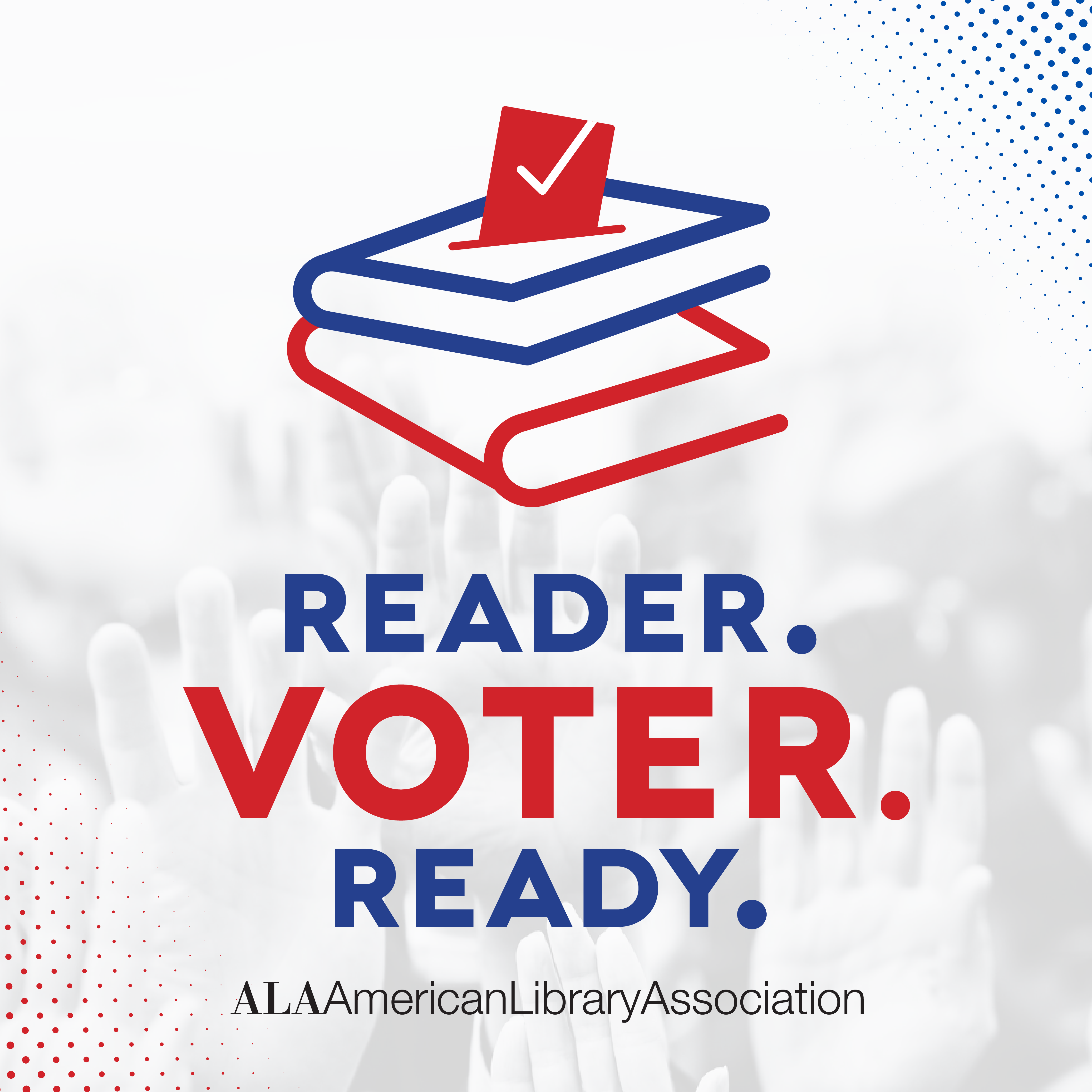COVID-19: The Impact on Public Libraries

Although the first case of COVID-19 was discovered in the United States in January, its dramatic increase this month has presented a host of sudden problems for public libraries nationwide. Amid government-mandated quarantines and widespread misinformation about the virus, libraries have hustled to respond to the crisis in ways that will not harm their patrons or staff. This work has taken place simultaneously with many libraries closing to the public and, often, transitioning to work-from-home models.
On March 17, the Executive Board of the American Library Association (ALA) issued a statement recommending that libraries close to the public due to public health concerns: “To protect library workers and their communities from exposure to COVID-19 in these unprecedented times, we strongly recommend that academic, public and school library leaders and their trustees and governing bodies evaluate closing libraries to the public and only reopening when guidance from public health officials indicates the risk from COVID-19 has significantly subsided.”
The statement goes on to acknowledge the difficulty and severity of such actions, but reminds its audience that libraries are ultimately unable to enforce the social distancing measures recommended by the CDC. Following this statement, many state and local governments have expressed mandates that libraries close, such as the Administrative Order set forth by New Jersey’s Office of Emergency Management on March 21. Other library systems nationwide, such as Chicago Public Library, have come under fire for their reluctance to close. Fortunately, Chicago announced its decision to close effective March 21.
Because libraries play such a vital role in keeping their patrons educated, connected, and entertained, librarians nationwide have been working around the clock to find ways to keep services going despite being closed to the public. For some, such as New York Public Library, this means providing remote access to databases typically restricted to onsite use, and promoting or easing restrictions on digital content. My own library, for example, has increased our spending on digital collection development to enable more patrons to take advantage of our Overdrive and Hoopla collections.
If staff are working remotely – which, based on the CDC recommendations for social distancing, is safer than reporting to a closed building, some libraries have also introduced chat services or increased promotion of existing virtual customer service techniques. At a time when patrons are in greater need of access to reliable information than ever, maintaining a connection – even virtually – to trained library staff can make all the difference.
For libraries looking to enter the world of chat service for the first time, it is possible to do so on a budget. Last week, my library rolled out a plugin from Pure Chat on its website, and the response so far has been positive. It has been useful for reader’s advisory, assistance with our digital resources, and basic reference. Depending on what time of CMS your library uses for its website, comparable plug-ins may be available within that infrastructure as well.
Still other libraries are delving into the world of virtual programming. Offering children’s events such as story times through virtual outlets like Facebook Live or Instagram’s IGTV can provide kids not only with a fun and enriching experience, but also the comfort of seeing a familiar face during an otherwise scary and isolating time. For libraries interested in implementing such programming, School Library Journal maintains a list of publishers who have temporarily adapted their copyright policies to help librarians and teachers.
Other ideas for virtual programming across various age groups can include book clubs or other discussion groups, collaborative projects such as crafts using common household items, and technology tutorials. Many libraries have also promoted services from existing connections, such as virtual exhibits from their museum pass partners or local businesses.
One complicating factor throughout the current crisis has been the lack of formal pandemic policies for libraries. Because the COVID-19 phenomenon is unchartered territory in terms of its level of imminent danger to staff and patrons and the uncertain duration of its resulting library closings, few libraries possess codified procedures for how to deal with a situation of this magnitude. This problem is not unique to public libraries; organizations across many industries are being tasked with learning as they go. OSHA writes, “To reduce the impact of a pandemic on your operations, employees, customers and the general public, it is important for all businesses and organizations to begin continuity planning for a pandemic now.”
The CDC does offer some guidance as to how an organization can plan for a pandemic. Although this document was released in 2017 and specifically addresses an influenza outbreak, much of its advice is applicable in today’s world. FEMA also offers a template for an organizational pandemic plan, albeit also specific to the flu.
When thinking about your library’s pandemic plan, some useful items to consider – many, borne out of questions that have arisen from the COVID-19 outbreak – include:
- A basic chain of command
- Under what circumstances your library might close, and who makes such a decision
- How staff will be compensated during any closures
- What telecommuting looks like for your library, including communication strategies
- How essential functions such as facilities management and payroll can continue in a virtual work environment
- Safety measures for staff and patrons, including emergency supplies to keep on hand in the library building
- Records management and preservation
It remains to be seen how the current crisis will affect libraries and their patrons in the long-term. Although most organizations likely did not have firm plans in place to mitigate this level of disaster at its inception, librarians are by nature creative thinkers who will undoubtedly be able to figure things out as we go.
Have some thoughts about pandemic planning for libraries, or want to showcase what your library is doing to serve its patrons while being closed? Sound off in the comments.
Tags: covid-19 and libraries, pandemic planning, remote programming ideas public libraries









